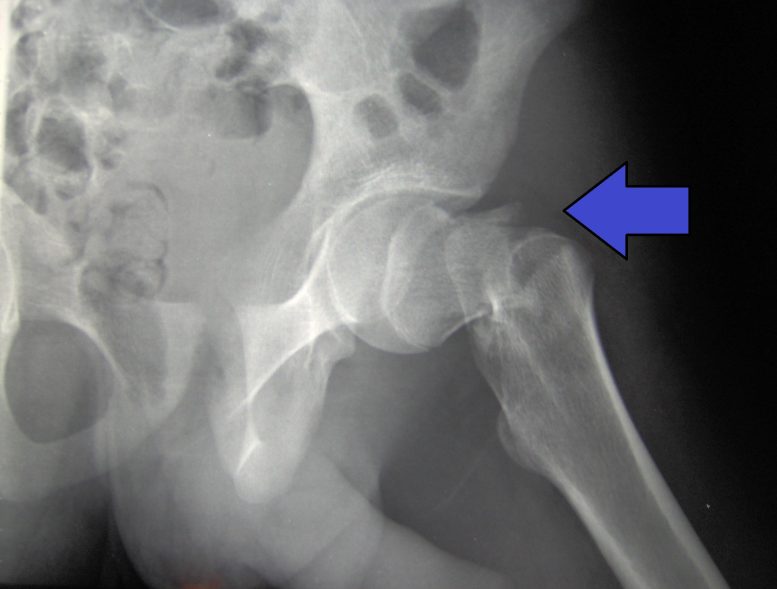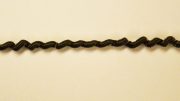
Image displaying a hip fracture. Credit: Booyabazooka
Research at Aston University suggests that mechanical vibrations could enhance muscle function and balance control.
Scientists in the College of Engineering and Physical Sciences studied the impact of stimulation on muscle spindles, which “speak” to the central nervous system to help us maintain posture and walk straight.
Their results provide new perspectives on whole-body vibration applications, paving the way for future research on the interaction between the central nervous system and the peripheral muscles.
The research could in the future be applied to improve balance in older people and help reduce falls, this could be applied through either wearable devices or with a daily session of stimulation. Hip fractures alone account for 1.8 million hospital bed days and £1.1 billion in hospital costs every year, excluding the high cost of social care.
Another potential benefit of the research is that this type of stimulation could be applied to athletes to decrease their muscle reaction times. The goal of the study was to find out if mechanical vibrations can improve the way our bodies process and react to small-body oscillations.
Seventeen young male and female adult volunteers aged between 20 and 28 years old stood individually on platforms, similar to vibrating plates found in gyms, which caused leg muscle contractions. Calf muscles were targeted as the muscles whose actions contribute the most to maintaining a stable upright posture.
The researchers stimulated their calves with a frequency of 30Hz and recorded four one-minute trials of undisturbed balance to take a baseline measure and compared the readings to measurements taken after the stimulation. After conducting the experiment, they found that their balance seemed to have improved.
The research was led by Dr. Antonio Fratini, senior lecturer in mechanical, biomedical & design engineering, and Ph.D. student Isotta Rigoni, and has been published in Scientific Reports.
Dr. Fratini said: “We’re excited by our results as they could have a beneficial effect on the health and quality of life of a large number of people.
“Our results indicate that whole-body vibration challenges balance at first, triggering a bigger effort to control the upright stance and shifting muscle modulation toward supraspinal control, resulting in a recalibration of muscle recruitment. The neuromuscular system seems to recover from such disruption and regain control over a longer time interval.”
“Indeed, while muscle recruitment and cortical effort appear unaltered over the long term, the balance seems not only restored but also improved, besides the still clearly affected calf muscles.”
Reference: “Sensorimotor recalibration of postural control strategies occurs after whole body vibration” by Isotta Rigoni, Giulio Degano, Mahmoud Hassan, and Antonio Fratini, 10 January 2023, Scientific Reports.
DOI: 10.1038/s41598-022-27117-7









C this be used on people who have had Gillian barre syndrome?
This was stated in the article, “Another potential benefit of the research is that this type of stimulation could be applied to athletes to decrease their muscle reaction times.”
I am wondering why DECREASING reaction times would be a wanted or a positive effect of this type of therapy.
Decreasing reaction time is a good thing – that means you react faster. It is better to take one second to react to something (a one second reaction time) than taking two seconds to react to something (a two second reaction time).